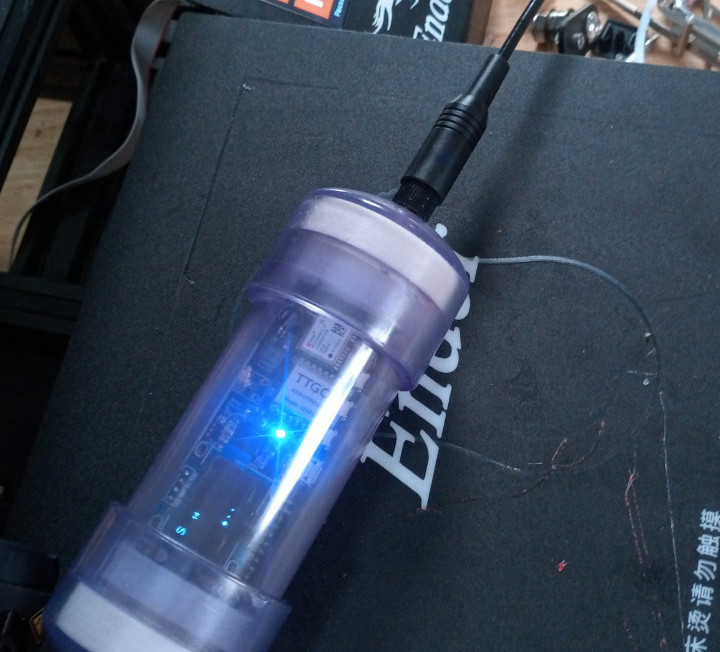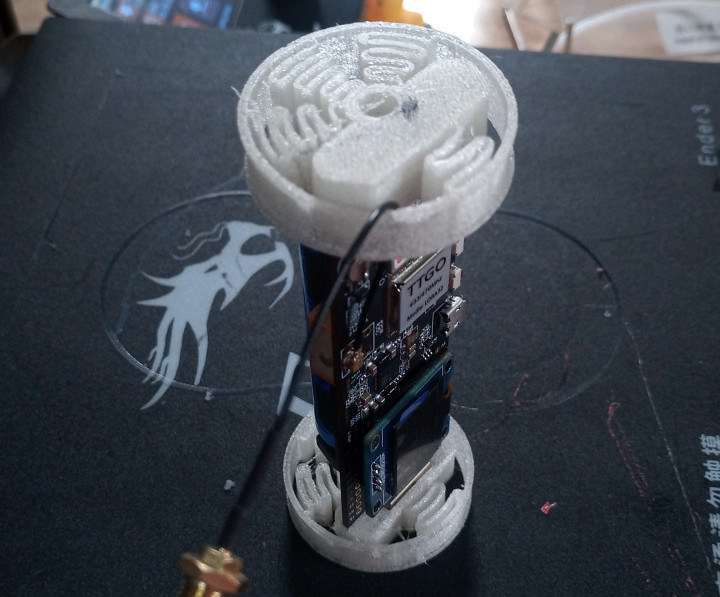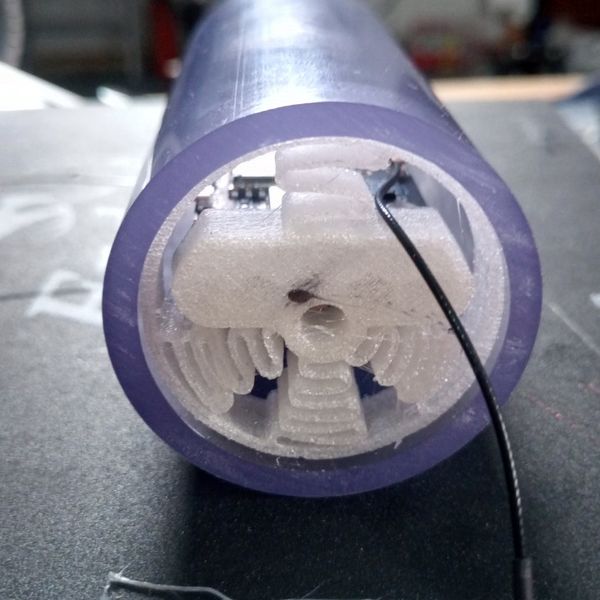
This week’s selection is the TTGO T-Beam Shock Resistant Enclosure by Naomi Wu.
Wu is well-known in the 3D print community, including by her handle “SexyCyborg”, and is the leading tech YouTuber in China, which is quite an accomplishment. If you’ve seen any of her videos, you’ll know she’s one of the most capable techs on the planet.
She’s designed countless devices, including her amazing wearable 3D printer, which we featured as Design of the Week a few years ago. Now she’s back in the same slot with an entirely new design that caught my eye: the TTGO T-Beam Shock Resistant Enclosure.
The title of the 3D model is a mouthful, but it has a very interesting purpose: it’s used for rapid and mechanically stressful mesh network deployment.

A mesh network is an ad-hoc digital network that takes advantage of existing devices, daisy chaining signals between participants to form data paths. One project that uses mesh networks is Meshtastic.
This open source project provides a way to repurpose cheap GPS radios as nodes for an instant private network. According to Meshtastic:
“Each member of your private mesh can always see the location and distance of all other members and any text messages sent to your group chat.
The radios automatically create a mesh to forward packets as needed, so everyone in the group can receive messages from even the furthest member. The radios will optionally work with your phone, but no phone is required.”
So how does the TTGO T-Beam Shock Resistant Enclosure fit into this network? It’s an enclosure for the GPS radios, but with a structure providing shock-proofing. Thus you’d be able to put your radios in these easily 3D printed enclosures and literally toss them a distance when setting up the network, without fear of cracking the radios. Wu explains:
“The electronics should be able to survive being thrown up onto roofs and awnings with a sling as needed to establish mesh points.”
Why would you need to throw radio nodes onto roofs? Again, Wu explains, and it seems timely:
“This protocol is ideal not just for off the grid travel and disasters but for circumstances of social unrest where cell service may be disrupted or unappealing for OPSEC reasons. Existing enclosures for the T-Beam board were not up to protecting electronics from significant impacts.”
Wu suggests 3D printing them in flexible TPU, which would certainly provide the necessary shock protection. The design is quite interesting, as you can see in this image of a cross-section:

A radio with that kind of shock-absorbing material could even withstand being shipped by a distracted courier at the end of their shift.
It’s quite possible this design could be used for other types of shock-absorbing applications, or even adapted for larger payloads.
Via MyMiniFactory
